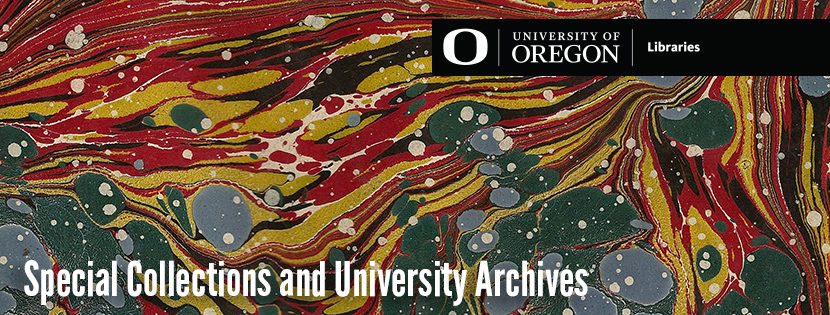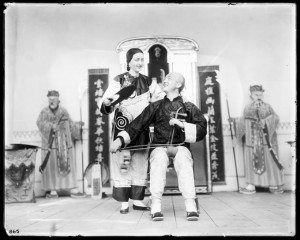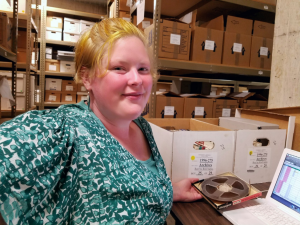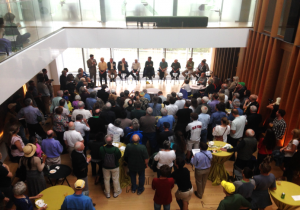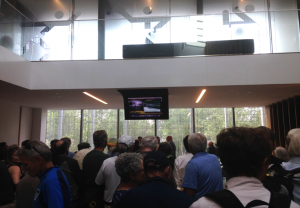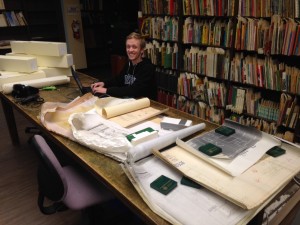Taking Action: UO Alum Documenting Black History
This is the second of a series of blog posts highlighting the ongoing work of the Documenting UO History Project within the University Archives. A major part of this project is researching and documenting the often untold and hidden histories of the university’s diverse and underrepresented communities. This year our focus will continue to focus on Black history on campus, specifically Black student activism from the 1960s to present. Prior posts can be seen here.
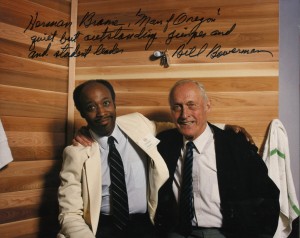
“I went to the student union to get something to eat and on the tables were all these flyers. So I picked one up to read it and some white supremacist group had put out flyers that had a picture of an ape and a picture of a black person comparing their anatomies. Saying these are one in the same.” – Herman Brame, Black student experience, University of Oregon, 1968
Last year, the UO Black Student Task Force released a list a list of 12 demands to the university administration — the demands included the immediate renaming of campus buildings, efforts to increase the black student population and an increase in black faculty. The demands were strikingly similar to the list of demands and grievances offered by the University of Oregon Black Student Union in 1968 — many of which have been echoed on campus for decades. A strong African studies program has been another area where the university seems to lag behind counterparts in Portland and other west coast universities. Many black students say there is general feeling of exclusion on campus and in the community. This is a century-old dilemma plaguing minority groups throughout Eugene and Springfield – something that both lists addressed and that has come to the forefront recently on campus. This post highlights some of those recent activities and our current outreach with UO alumni on this topic. Continue reading
